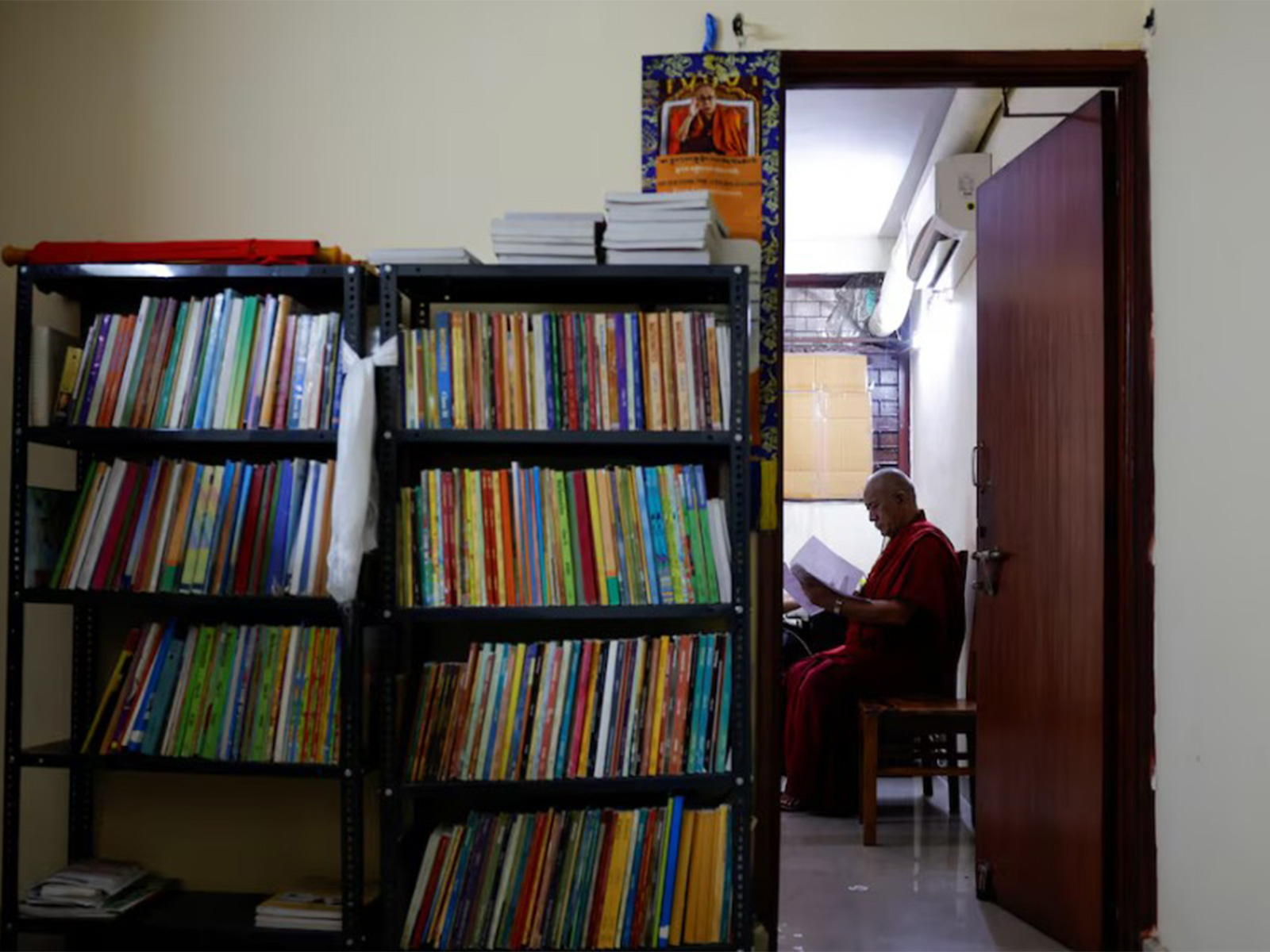Bridging Cultures: India's Role in Reviving the Mongolian Kangyur Across Russia
India's Ministry of Culture has played a pivotal part in reviving and disseminating the Mongolian Kangyur across Russia. This gesture aims to enrich Buddhist practices by providing sacred texts to monasteries and institutions. The initiative underscores India’s commitment to preserving Buddhist heritage and fostering global cultural connections.

- Country:
- India
Tibet holds a crucial place in preserving the Buddha's teachings through its sacred texts, notably the Kangyur and Tengyur. These texts have been instrumental in the dissemination of Buddhism across Asia, including the translation of the Mongolian Kangyur.
The Mongolian Kangyur, consisting of direct teachings of Buddha, was translated from Tibetan to Mongolian between the 14th and 17th centuries. Under Ligdan Khan's rule, a significant edition was created from 1717 to 1720. At a recent Buddhist Forum in Elista, India reaffirmed its bridge-making role in Buddhist culture by presenting 108 volumes of the Mongolian Kangyur to Russian monasteries.
India's efforts, through the Ministry of Culture's Gyan Bharatam mission, made these texts accessible to numerous Russian institutions. Past initiatives date back to the 1950s to preserve these works during Mongolia's socialist period. The recent handover highlights the enduring commitment to Buddhist heritage.
(With inputs from agencies.)










